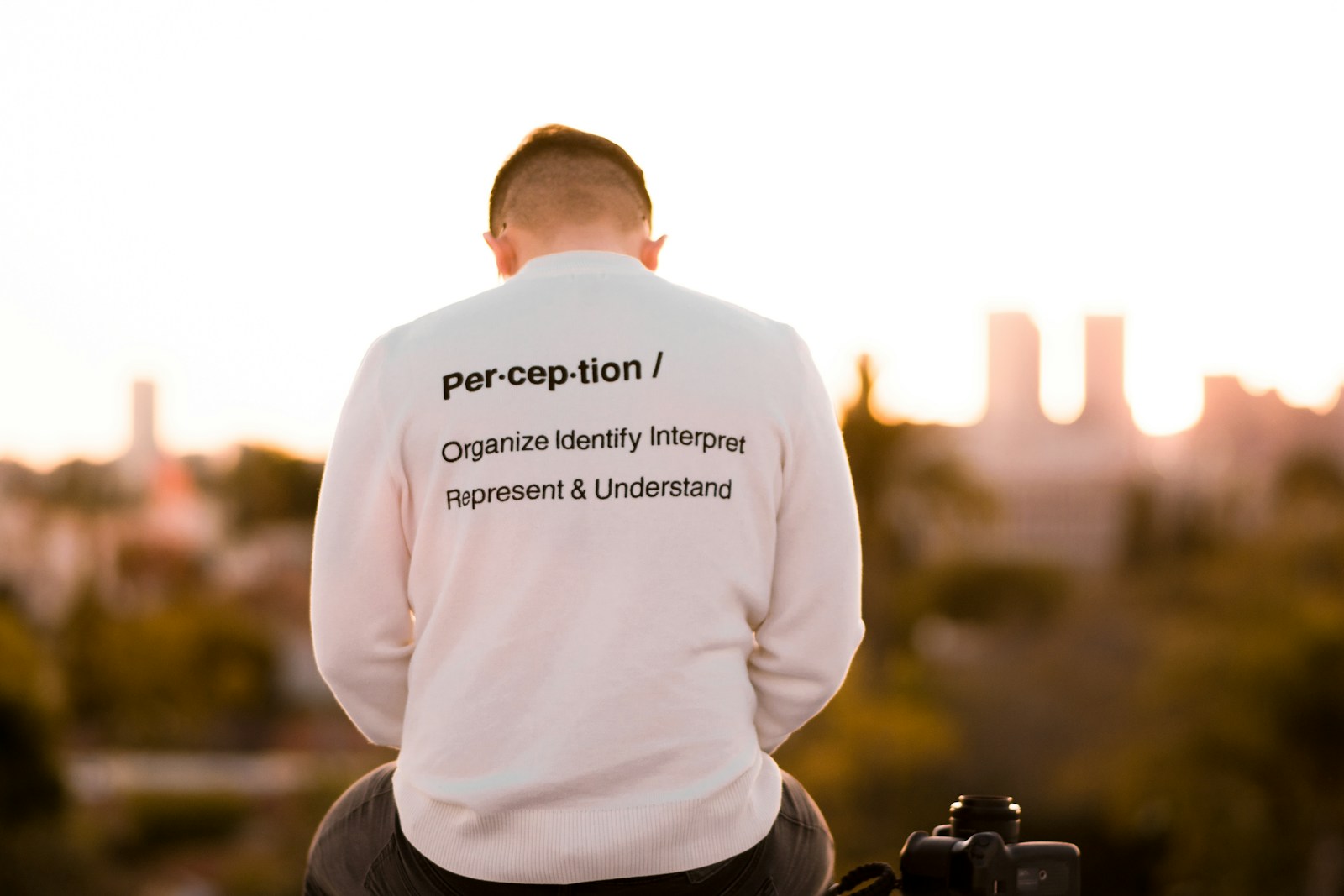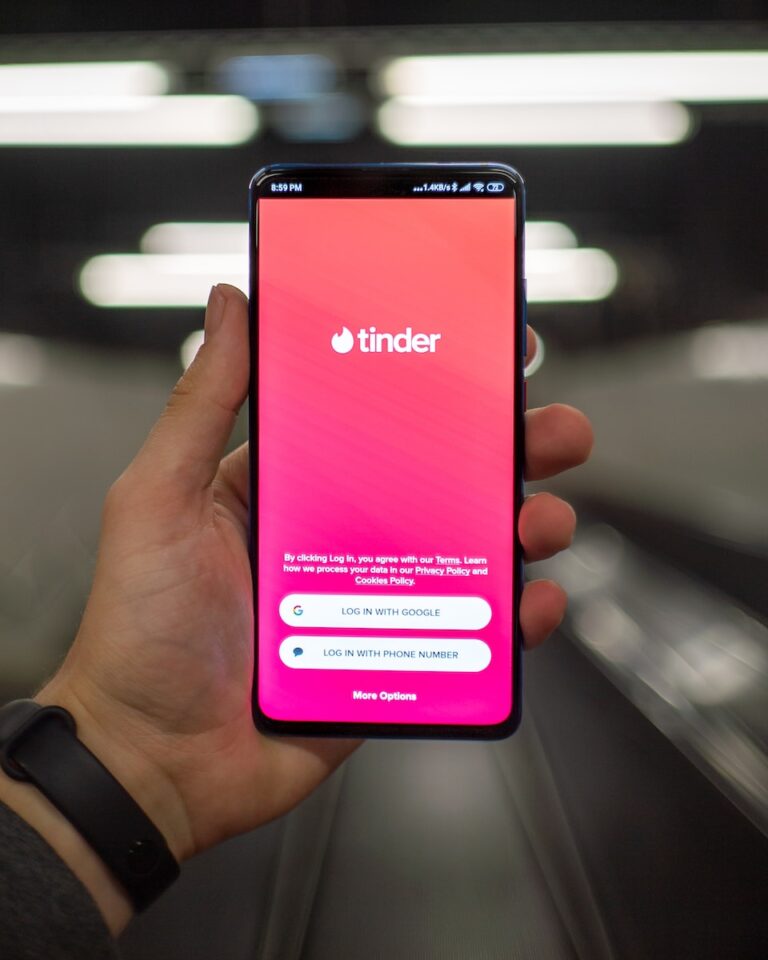The Art of Effective Communication: Reaching Across the Divide
Importance of effective communication
Communication is the lifeblood of human interaction. It’s how we connect, share ideas, and understand one another. Without effective communication, relationships can falter, conflicts can arise, and opportunities can be missed.
Imagine a world where words were just sounds with no meaning attached to them – chaos would reign supreme. We often take for granted the power of clear and concise communication in our everyday lives, but its impact is profound.
Effective communication isn’t just about speaking clearly; it’s about ensuring that your message is received and understood by your audience. It involves not only conveying information but also actively listening and seeking mutual understanding.
When we communicate effectively, we build trust and rapport with others, fostering stronger connections and collaborations. Whether in personal relationships or professional settings, the ability to communicate effectively is a cornerstone of success.
Tailoring communication to others’ understanding
One size does not fit all when it comes to communication. Just as one shoe size doesn’t fit every foot comfortably, one communication style doesn’t resonate with every individual equally. Tailoring your communication to suit the needs and preferences of your audience is key to creating meaningful interactions.
This customization involves understanding the unique background, knowledge level, and preferences of the person you’re communicating with. By adapting your language, tone, and delivery to match the other person’s understanding level, you show respect for their perspective and increase the likelihood of effective communication.
Think of it as speaking their language – not necessarily in terms of dialects or accents but in terms of finding common ground in how information is presented and processed. By tailoring your communication style accordingly, you bridge gaps in comprehension and foster a more harmonious exchange of ideas.
Understanding the Audience
Observing Non-Verbal Cues
When it comes to communicating effectively with others, paying attention to non-verbal cues can provide valuable insight into their thoughts and feelings. Non-verbal cues encompass a wide range of signals, including facial expressions, body language, and even tone of voice. For example, if someone is frowning or crossing their arms during a conversation, it may indicate that they are feeling defensive or uncomfortable.
By being mindful of these non-verbal cues, you can adjust your communication approach accordingly to ensure that your message is being received positively. Moreover, observing non-verbal cues can help you gauge the level of engagement and interest your audience has in what you are saying.
For instance, if someone is nodding along enthusiastically or making eye contact while you speak, it indicates that they are likely following the conversation closely and are receptive to your message. On the other hand, if someone appears distracted or disinterested by looking away or fidgeting, it may be a sign that you need to rephrase your points or find a way to re-engage them in the discussion.
Listening Actively to Gauge Comprehension
Active listening is a crucial skill when it comes to effective communication. It involves not just hearing what the other person is saying but truly understanding their perspective and actively engaging with them. To gauge comprehension during a conversation, it’s essential to demonstrate active listening by providing verbal and non-verbal feedback that shows you are fully present and engaged in the interaction.
One way to ensure comprehension is by paraphrasing or summarizing what the other person has said in your own words. This technique not only confirms your understanding but also allows for clarification if there are any misunderstandings.
Additionally, asking clarifying questions shows that you are attentive and interested in ensuring clear communication. By actively listening and responding thoughtfully to what others say, you can build rapport and create an environment where communication flows smoothly between both parties.
Simplifying Language and Concepts
Avoiding Jargon and Technical Terms
When it comes to effective communication, one of the biggest hurdles is the use of jargon and technical terms that can leave your listener scratching their head in confusion. To truly connect with someone, it’s crucial to speak in a language that they understand. Instead of bombarding them with complex terminology specific to your field, try breaking down concepts into simpler, everyday language.
Imagine you’re explaining the topic to a child or someone unfamiliar with the subject matter. This approach not only ensures clarity but also makes the conversation more engaging and relatable.
Using Analogies and Real-life Examples
Analogies are like bridges that span the gap between unfamiliar concepts and ones that are easily understood. By comparing a complex idea to something familiar or tangible, you provide your listener with a mental anchor that helps them grasp the concept more easily.
For instance, if you’re explaining a complicated software process, liken it to following a recipe in the kitchen – step by step instructions leading to a delicious outcome. Real-life examples also serve as powerful tools for elucidating abstract ideas.
Sharing anecdotes or scenarios that people can relate to not only enhances understanding but also adds depth and relevance to your message. Incorporating these strategies into your communication arsenal can work wonders in ensuring that your message lands effectively with your audience.
Remember, clear communication is not about showing off how much you know; it’s about forging genuine connections through mutual understanding. So next time you find yourself reaching for those lofty technical terms, take a step back, simplify your language, sprinkle in some analogies, and watch as your message resonates more profoundly with those around you.
Matching Energy Levels with the Listener
In any conversation, it’s crucial to match your energy level with that of the person you’re communicating with. If someone is excited and animated, responding in a calm and reserved manner may come across as disinterest. On the other hand, if someone is more laid-back and relaxed, being overly energetic can be overwhelming.
Pay attention to the cues the other person is giving off – are they speaking rapidly, using enthusiastic gestures, or maintaining a steady tone? Adjusting your energy level to align with theirs can help create a more harmonious communication dynamic.
Moreover, mirroring the energy of the listener shows that you are engaged and attentive to their feelings and thoughts. It fosters a sense of connection and understanding between both parties.
By matching their energy level, you demonstrate empathy and respect for their communication style. This subtle yet powerful adjustment can make a significant difference in how effectively your message is received.
Allowing Time for Processing Information
Another important aspect of effective communication is allowing sufficient time for the listener to process information. People vary in how quickly they absorb new information or formulate responses. Some individuals may need more time to digest complex ideas or articulate their thoughts clearly.
Rushing through a conversation without allowing adequate time for processing can lead to misunderstandings or miscommunications. By giving the listener space to process information at their own pace, you show patience and consideration for their cognitive processes.
This pause also allows them to ask questions or seek clarification on points they find confusing. Remember that effective communication is not just about speaking but also about listening actively and creating an environment where both parties feel comfortable expressing themselves fully.
Encouraging questions and discussions
When it comes to effective communication, one of the key strategies is to actively encourage questions and discussions. By creating an open and welcoming environment where others feel comfortable asking for clarification or sharing their perspectives, you show that you value their input. This not only fosters a sense of collaboration but also helps in ensuring that your message is being understood as intended.
Encouraging questions also allows for a two-way exchange of information, leading to a more engaging and enriching conversation. Moreover, by inviting discussions, you open up the opportunity to explore different viewpoints and gain new insights.
Sometimes, what may seem crystal clear to you might not be so obvious to others. By encouraging questions and discussions, you provide space for diverse interpretations and allow for a deeper exploration of the topic at hand.
This can lead to a more comprehensive understanding for both parties involved and pave the way for meaningful communication that goes beyond surface-level interactions. In addition, fostering an environment where questions are welcomed can help in building trust and rapport with those you are communicating with.
When individuals feel heard and respected enough to ask questions without fear of judgment or condescension, it creates a positive dynamic that promotes mutual understanding and cooperation. By actively encouraging questions and discussions, you signal that you are invested in ensuring effective communication by addressing any confusion or uncertainties promptly.
Checking for understanding periodically
Another crucial aspect of tailoring your communication to someone else’s ability to understand is periodically checking for comprehension. It’s essential to remember that communication is a two-way street – simply conveying information is not enough; ensuring that the message has been received accurately is equally important. Periodically checking in with the listener allows you to gauge their level of understanding and address any potential misunderstandings before they escalate.
One way to check for understanding is through paraphrasing or summarizing key points discussed so far. By asking the other person to reflect back on what has been communicated in their own words, you can confirm whether they have grasped the main ideas correctly or if there are areas that need further clarification.
This technique not only reinforces retention but also provides an opportunity for real-time feedback on the effectiveness of your communication style. Furthermore, periodically checking for understanding demonstrates active listening skills and shows genuine concern for ensuring clarity in your interactions.
It conveys respect towards the other person’s perspective by valuing their feedback on how well they have comprehended the information shared. By incorporating this practice into your conversations regularly, you establish a foundation of trust and transparency that enhances overall communication dynamics.
Adapting Communication Style
When it comes to communication, one size does not fit all. Tailoring your communication style based on the situation and the person you are interacting with can significantly enhance understanding. Different individuals have varying preferences when it comes to receiving information.
Some people may be more receptive to verbal communication, while others might prefer visual aids or written instructions. For example, if you are explaining a complex concept to someone who is more visually oriented, incorporating diagrams or charts can help clarify your points.
On the other hand, if you notice that the person responds better to verbal explanations, focusing on clear and concise language might be more effective. By adapting your communication style to suit the recipient’s preferred mode of receiving information, you can ensure that your message is conveyed clearly and effectively.
Adjusting Cultural Nuances in Communication
Cultural differences play a crucial role in how individuals interpret communication cues. When engaging with someone from a different cultural background, it is important to be mindful of these nuances to avoid misunderstandings.
Communication styles, gestures, and even tone of voice can vary significantly across cultures. For instance, in some cultures, direct eye contact is seen as a sign of respect and attentiveness, while in others it may be considered disrespectful or confrontational.
Similarly, certain phrases or expressions that are common in one culture may have entirely different meanings in another. By being aware of these cultural distinctions and making an effort to adjust your communication approach accordingly, you can foster better understanding and build stronger connections with individuals from diverse backgrounds.
Reiterating the Importance of Effective Communication
Effective communication not only facilitates understanding but also builds strong relationships and fosters personal growth. By ensuring that your message is tailored to the recipient’s level of comprehension, you can avoid misunderstandings and conflicts.
Clear and concise communication is the cornerstone of successful interactions, whether in personal or professional settings. When you take the time to adapt your communication style to meet others where they are, you demonstrate empathy and respect for their perspective.
This level of understanding not only enhances your ability to convey information effectively but also creates a supportive environment for open dialogue and collaboration. Remember, communication is a two-way street that requires active participation from both parties to achieve mutual understanding.
By emphasizing the significance of effective communication in your daily interactions, you pave the way for meaningful connections and fruitful exchanges. Whether you are conveying complex ideas at work or engaging in heartfelt conversations with loved ones, prioritizing clarity and consideration in your communication approach can elevate the quality of your relationships and enrich your overall experiences.
Encouraging Practice and Patience in Mastering this Skill
As with any skill worth mastering, effective communication requires practice and patience. It may take time to refine your ability to tailor messages to suit different audiences accurately. Don’t be discouraged by setbacks or challenges along the way; instead, view them as opportunities for growth and learning.
Engage in regular self-reflection on your communication style, seeking feedback from others on how you can improve further. Embrace each interaction as a chance to hone your skills, experiment with different approaches, and discover what resonates best with diverse individuals.
Remember that Rome wasn’t built in a day – effective communication is a lifelong journey of continuous improvement. Celebrate each small victory along the way, no matter how insignificant it may seem at first glance.
With dedication and perseverance, you will undoubtedly see progress in your ability to connect authentically with others through thoughtful and tailored communication. : Embracing the art of effective communication not only enriches your relationships but also empowers you to navigate various social dynamics with confidence and grace.
By recognizing the importance of adapting your message to suit others’ understanding levels while encouraging practice and patience in mastering this skill, you set yourself on a path towards more meaningful connections and impactful conversations. So go forth with optimism, knowing that every effort you invest in enhancing your communication abilities brings you one step closer to becoming a proficient communicator who leaves a lasting positive impression on everyone they interact with.






